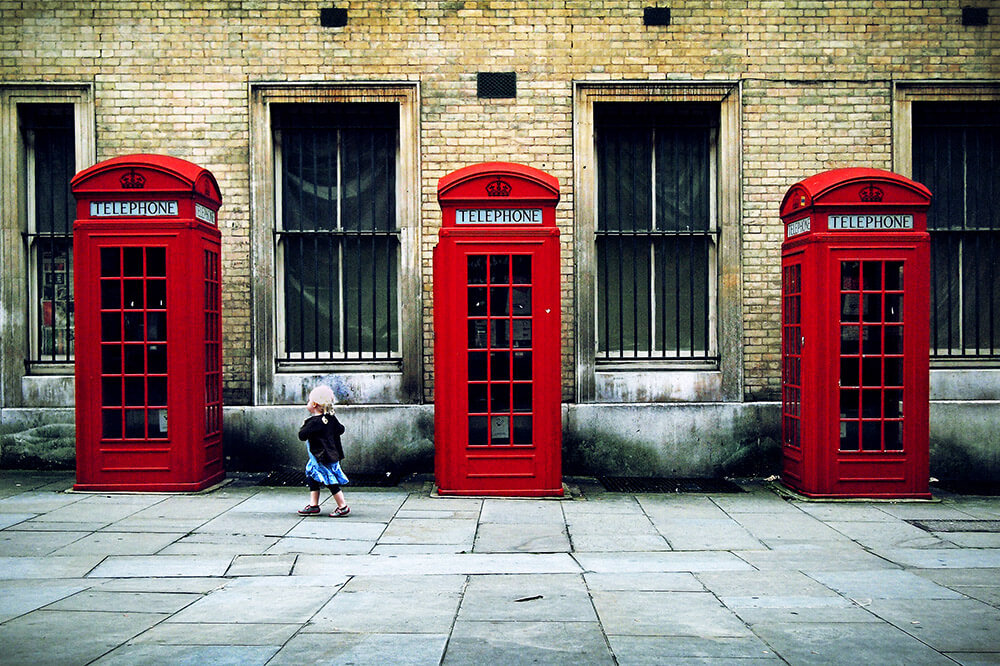Not known Factual Statements About Street Photographers
Table of ContentsThe smart Trick of Street Photographers That Nobody is DiscussingThe Single Strategy To Use For Street PhotographersThe smart Trick of Street Photographers That Nobody is Talking AboutThe Facts About Street Photographers RevealedUnknown Facts About Street Photographers
Street digital photographers do not necessarily have a social purpose in mind, yet they choose to separate and catch minutes which may or else go unnoticed.He was influenced by numerous of those who affected the road professional photographers of the 1950s and '60s, he was not primarily interested in capturing the spirit of the street., that worked side by side with digital photographers trying to capture the essence of city life.
As a result of the somewhat primitive modern technology available to him and the long direct exposure time called for, he struggled to capture the stress of the Paris roads. He try out a collection of photographic approaches, trying to locate one that would certainly allow him to capture motion without a blur, and he discovered some success with the calotype, patented in 1841 by William Henry Fox Talbot. In comparison to Atget, photographer Charles Marville was employed by the city of Paris to produce an encyclopaedic paper of Haussmann's metropolitan preparation task as it unravelled, hence old and brand-new Paris. While the digital photographers' topic was basically the very same, the outcomes were markedly different, demonstrating the impact of the digital photographer's intent on the character of the photos he generated.
Given the great top quality of his photographs and the breadth of product, architects and musicians commonly bought Atget's prints to make use of as reference for their own work, though business interests were barely his primary inspiration. Instead, he was driven to picture every last residue of the Paris he loved. The mingled enthusiasm and urgency of his mission shine through, leading to pictures that narrate his own experience of the city, qualities that prepared for road digital photography of the 20th century.
The Facts About Street Photographers Uncovered
They disclose the city via his eyes. His job and essential understanding of photography as an art kind worked as ideas to generations of photographers that adhered to. The following generation of street professional photographers, though they likely did not describe themselves therefore, was ushered in by the photojournalism of Hungarian-born digital photographer Andr Kertsz.
Unlike his peers, Brassa utilized a larger-format Voigtlnder camera with a much longer exposure time, compeling him to be a lot more calculated and thoughtful in his practice than he may have been if utilizing a Leica. (It is thought that he may not have had the ability to pay for a Leica during that time, but he did, nevertheless, use one in the late 1950s to content take colour photos.) Brassa's pictures of the Paris abyss illuminated by man-made light were a revelation, and the compilation of the series that he released, (1933 ), was a significant success.
Cartier-Bresson was a champ of the Leica electronic camera and one of the very first digital photographers to maximize its abilities. The Leica enabled the photographer to engage with the environments and to record moments as they occurred. Its reasonably tiny size also assisted the digital photographer fade into the background, which was Cartier-Bresson's preferred technique.
Getting My Street Photographers To Work
It is due to the fact that of this fundamental understanding of the art of picture taking that he is usually credited with rediscovering the medium around once more about a century since its creation. He took pictures for more than a half century and affected generations of photographers to trust their eye and instinct in the moment.
These are the questions I will try to respond to: And afterwards I'll leave you with my very own meaning of street digital photography. Yes, we do. Allow's begin with defining what an interpretation is: According to (Street Photographers) it is: "The act of specifying, or of making something certain, distinctive, or clear"
No, most definitely not. The term is both limiting and misinforming. Seems like a road digital photography ought to be images of a streets right?! And all road professional photographers, other than for a tiny number of absolute newbies, will completely value that a street is not the key part to street digital photography, and actually if it's a photo of a street with possibly a few monotonous people not doing anything of rate of interest, that's not street digital photography that's a snapshot of a road.
About Street Photographers
He makes a valid point do not you assume? While I concur with him I'm not certain "honest public digital photography" will catch on (although I do kind of like the term "candid photography") since "road digital photography" has actually been around for a lengthy time, with several masters' names affixed to it, so I think the term is here to stay (Street Photographers).
You can shoot at the coastline, at an event, in an alley, in a park, in a piazza, in a cafe, at a gallery or art gallery, in a city terminal, at an event, on a bridge, under a bridge ...
Yes, I'm afraid we terrified no choice! Without regulations we can not have a definition, and without a meaning we do not have a style, and without a genre we don't have anything to specify what we do, and so we are stuck in a "rules meaning category" loophole!
The Of Street Photographers
